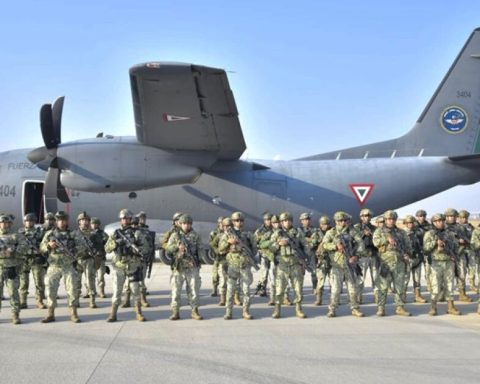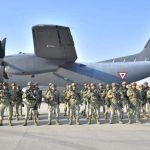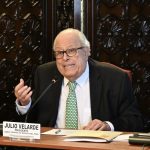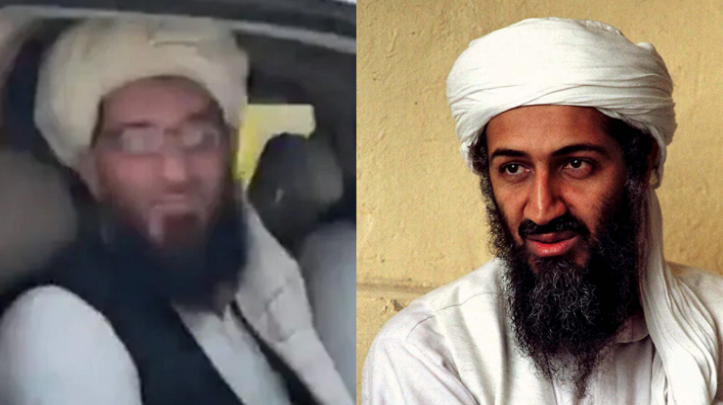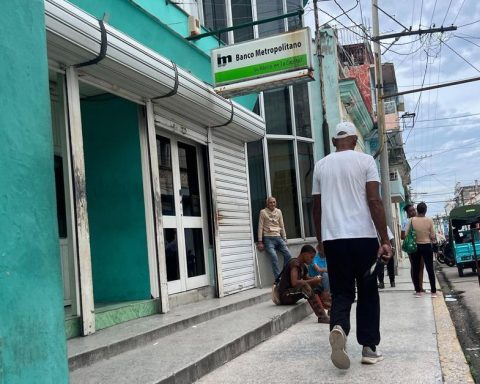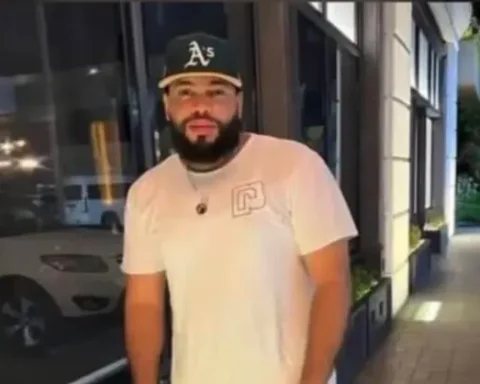AND
colleague Yuri Escalante Betancourt has written an essay with this insightful title, published by Primero Sueño Editora (2024), in which he explores and analyzes the consequences of military activity on the bodies and minds of pacified subjects, in the context of the process of militarization and militarism initiated in Mexico by previous governments, intensified by the current one, and with signs of continuity with the one to come.
This research is not based on merely theoretical speculation, but on cases collected in the field, first as a student of anthropology, and later as a professional in that field and in expert work in the Sierra Madre Occidental (Durango) and Oriental of the country (Veracruz).
Escalante begins his text by recalling the origins of our anthropological discipline, as an instrument of colonial conquests and the imposition, on a global scale, of imperialist relations of exploitation and plunder, and, in particular, the close link between anthropology and militarism in field work, “enabling the original accumulation of ethnological knowledge. Such is the hallmark of many ethnographic explorations, carried out in the shadow of the colonizing armies. We could say that field work has as its myth of origin the military incursion. Notwithstanding the above –the author points out–, anthropologists continue to describe peaceful and idyllic villages.”
He recounts, with successful irony, his initial dreams, as an anthropologist, of finding his exotic village, isolated in time and space, and his obsession, in 1987, with conducting research on the mythology of the Tepehuan people, as well as his surprise, upon arriving in San Francisco Ocotlán, Durango, to find that its inhabitants had fled to the mountains, as was usual when a military operation took place
.
After several failed attempts to find cosmogonies and hierophanies of the Tepehuan nation, he notes that he had only found “sanctities and hagiographies related to wars, violence and death. Narratives of armies, battles and armed resistance […]My anthropological dream became, for the umpteenth time, a nightmare of weapons, persecution, militarization and death. […]. With the earth shaking at its core, the illusion of my peaceful village was transformed into a military village and the research on cosmogony into an eschatology. More than Genesis, an Apocalypse.”
Already as an employee of the National Indigenous Institute, in 1990 he returned to the Sierra Tepehuana, witnessing the presence, once again, of the armed forces, which was justified, on this occasion, by the emergence of an epidemic outbreak of measles, which accentuated the image of the Army linked to mortality and disease, as well as to stories and evidence of the attacks by the Air Force in the corridor from Llano Grande to Canoas, on the way to the Altos de Jalisco. All this leaves traces in the collective memory. which have been transformed from a physical occupation to a mental occupation, from a physical invasion to a psychological one, which goes from memory and narration to the suffering and illness of the soul.
.
In part two of the essay, entitled The uniformed scare. Veracruz. 21st century
the author analyses, based on Walter Benjamin, a continuum of violence and a state of siege, where violence is no longer the exception but the rule. A daily state of fear and terrified sleep, the product of military siege and harassment.
In this context, on February 8, 2007, Ernestina Ascencio, a 73-year-old peasant woman, was gang-raped by soldiers. She was left to her own devices, abused and mortally wounded. Her case, which was brought to the Inter-American Court of Human Rights, was shelved by order of the President of the Republic, with the complicity of the ministerial authorities. The author confirms that the sexual abuse is part of a strategy of the military institutions, which protect and cover up the perpetrators, concluding that Military fear or military terror, we can now call it that, is in the air and invades the night. The violence of militarization expands and occupies social, physical and spiritual spaces.
.
Escalante argues that anthropology has made militarization invisible, removing and hiding it from the ethnographic report. Therefore, at present it is necessary to recompose the anthropological view to avoid the atrophy of its methodology, oriented, unfortunately, to understand the cultural order rather than the state disorder, to idealize the harmony of the past, to the detriment of the anomic of the present.
In agreement with Yuri Escalante Betancourt, I recommend that this magnificent essay be read, examined and debated by those in the profession who strive for another anthropology.
